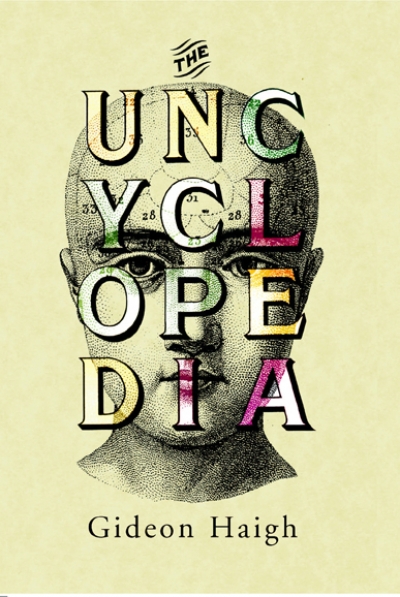Encyclopedias
The New McCulloch's Encyclopedia of Australian Art by Alan McCulloch, Susan McCulloch and Emily McCulloch Childs
by Susan Lowish •
Encyclopedia of Melbourne edited by Andrew Brown-May and Shurlee Swain
by Tony Marshall •
Encyclopedia Of Exploration 1800 To 1850 by Raymond John Howgego
by Ian Morrison •
The Uncyclopedia by Gideon Haigh & Names From Here and Far by William T. S. Noble
by Fred Ludowyk •
The MUP Encyclopaedia of Australian Science Fiction & Fantasy edited by Paul Collins
by Damien Broderick •
The Encyclopedia of Aboriginal Australia edited by David Horton
by Peter Read •
The Australian Encyclopedia: Third Edition by Grolier Society of Australia
by John McLaren •





